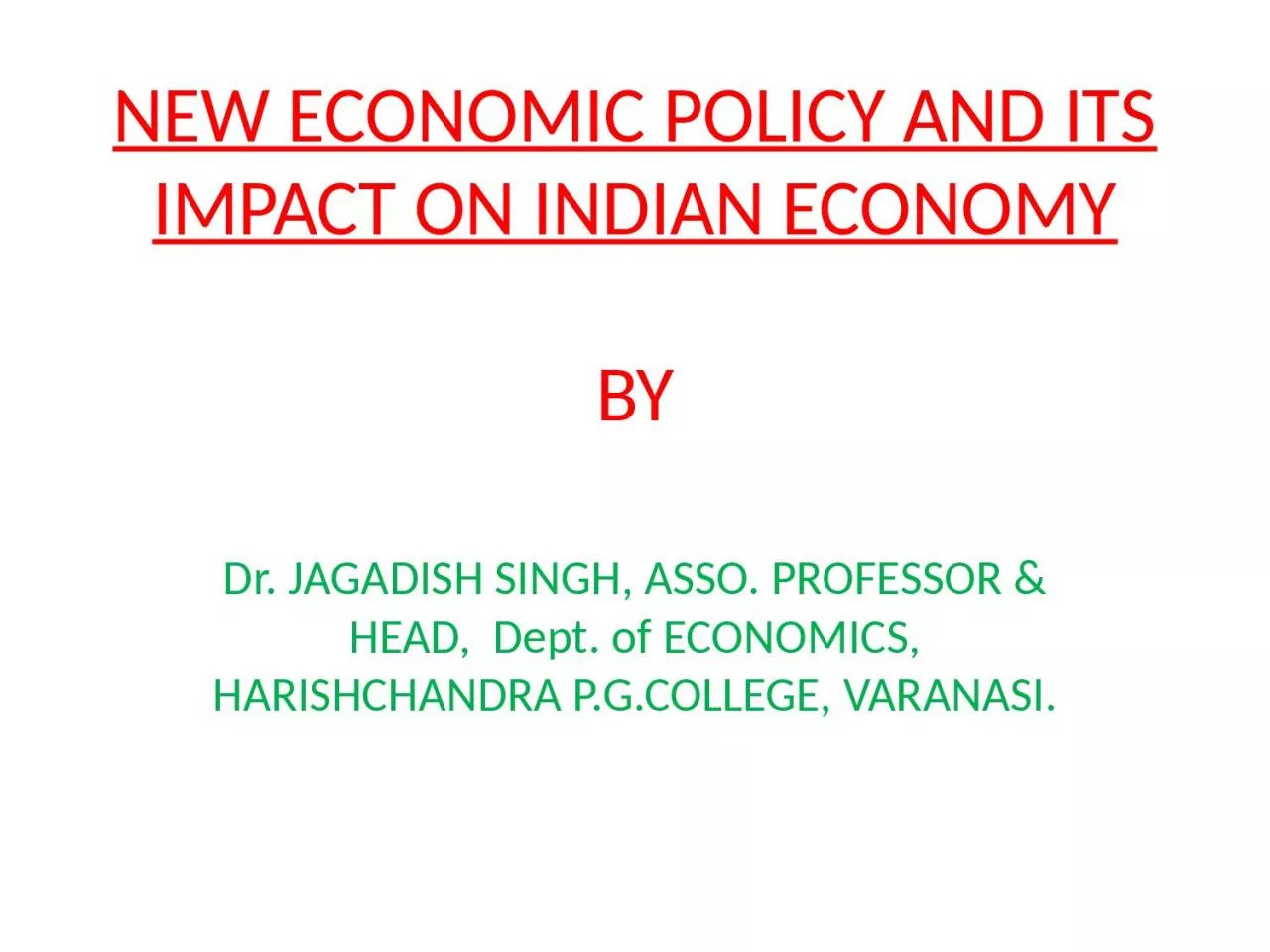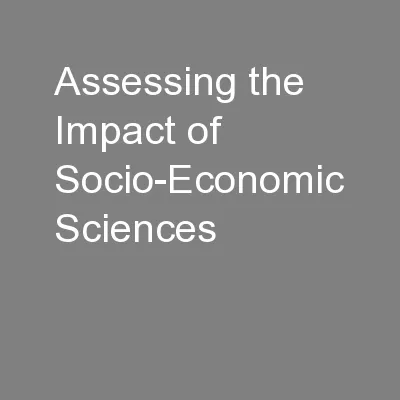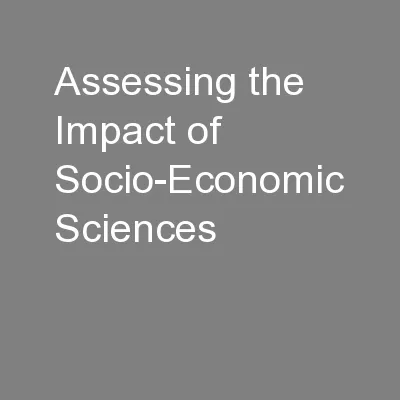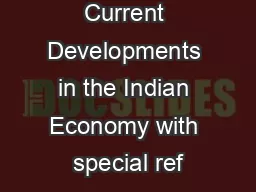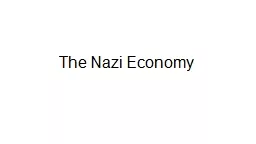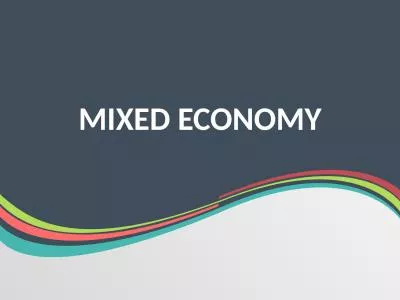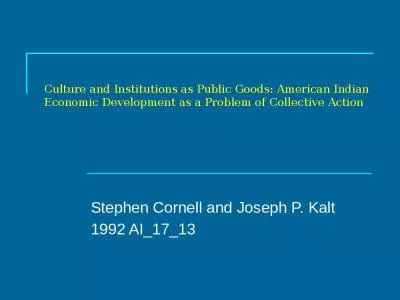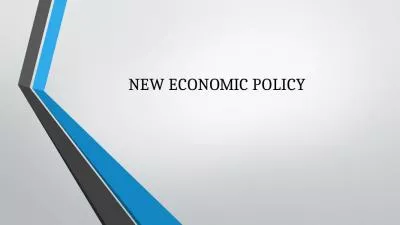PPT-NEW ECONOMIC POLICY AND ITS IMPACT ON INDIAN ECONOMY
Author : layla | Published Date : 2023-11-03
BY Dr JAGADISH SINGH ASSO PROFESSOR amp HEAD Dept of ECONOMICS HARISHCHANDRA PGCOLLEGE VARANASI INTRODUCTION India is the second highly populated country in the
Presentation Embed Code
Download Presentation
Download Presentation The PPT/PDF document "NEW ECONOMIC POLICY AND ITS IMPACT ON IN..." is the property of its rightful owner. Permission is granted to download and print the materials on this website for personal, non-commercial use only, and to display it on your personal computer provided you do not modify the materials and that you retain all copyright notices contained in the materials. By downloading content from our website, you accept the terms of this agreement.
NEW ECONOMIC POLICY AND ITS IMPACT ON INDIAN ECONOMY: Transcript
Download Rules Of Document
"NEW ECONOMIC POLICY AND ITS IMPACT ON INDIAN ECONOMY"The content belongs to its owner. You may download and print it for personal use, without modification, and keep all copyright notices. By downloading, you agree to these terms.
Related Documents

